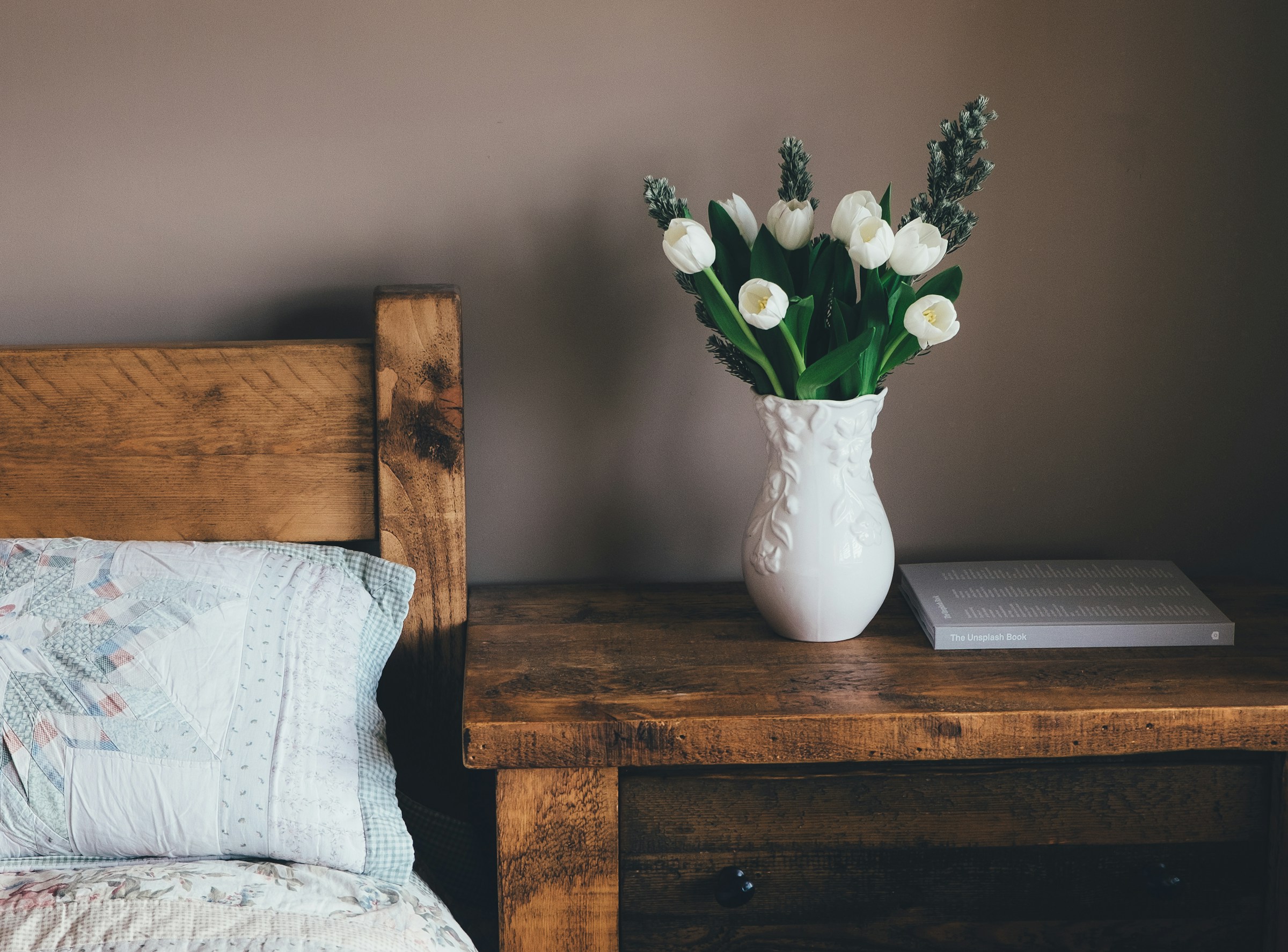What’s the Best Way to Create a Humidity-Controlled Wine Storage Under a Staircase?

Utilizing the under-stair space for a wine cellar design is a clever idea. Indeed, this is an innovative way to store your wine collection. But, how can we transform this space into a perfect storing area for your wines? Today, you will discover the best way to create your own humidity-controlled wine storage under the staircase.
1. Custom Wine Cellar Planning
Planning is the first and most important step when embarking on your custom wine cellar project. Your under-stair space may seem small but with a well-thought-out design, it can accommodate your wine collection in a functional yet aesthetically pleasing manner.
Also to discover : What’s the Best Method for Creating a High-Yield Indoor Aquaponics Herb Garden?
First, you need to measure the available space under your staircase. From there, you can start visualizing the design and layout of your wine cellar. The design should not only be about aesthetics but also about the functionality of the space. It should have room for the bottles, the racks, the cooling system, and even the lighting.
In this design phase, you have to identify where your wall, lighting, cooling system, and racks will be positioned. Remember, the main goal is to create not just a storage space but a wine cellar where your wines are properly kept and displayed.
Additional reading : How to Optimize a Split-Level Living Room for Family Movie Night with an In-Ceiling Projector?
2. Temperature and Humidity Control
Maintaining the right temperature and humidity levels is crucial in a wine cellar. Wines stored at the wrong temperature and humidity can affect their taste and quality. Generally, wines should be stored at a temperature of 55°F (12.8°C) and a humidity level of 70 percent.
The under-stair space offers natural insulation which is beneficial in maintaining these required conditions. However, fluctuations can still occur, making a cooling system necessary. There are different types of wine cellar cooling systems available in the market. Choose one that suits your cellar’s size and your budget.
Another important aspect is the control of humidity. Humidity keeps the corks moist and prevents them from drying out and shrinking, which could allow air to enter the bottle and spoil the wine. You may need to install a humidifier, especially if you live in a dry climate.
3. Wine Racks and Storage
Now that you’ve planned for temperature and humidity control, it’s time to think about storage. Wine racks are essential in any wine cellar. They come in various styles and materials. When choosing wine racks for your under-stair cellar, consider the size and shape of the area.
Custom wine racks are a great option as they can be designed to fit perfectly into your under-stair space. They also add a personal touch to your wine cellar. It’s important to consider the capacity of the racks. Your rack design should be able to accommodate your current collection and offer room for future additions.
In terms of materials, wood is a popular choice for its classic look and insulation properties. Metal, on the other hand, is known for its modern appeal and durability. Whichever you choose, ensure it complements your overall cellar design.
4. Lighting and Aesthetics
The right lighting can enhance the ambiance of your wine cellar. It’s not just about visibility but also about showcasing your wine collection. LED lights are a popular choice because they generate less heat and come in various colors.
For an under-stair wine cellar, consider installing lights under each of the stairs to offer a lit pathway. Also, spotlighting can be used to highlight your premium bottles or special racks. Remember, excessive light exposure can damage wines, so it’s important to choose lighting that will not adversely affect your wines.
Aesthetically, your wine cellar should reflect your personal style. You can choose a traditional, modern, or rustic design. The wall material, color, and finish can greatly impact the overall look of your cellar. For a traditional look, consider using stone or brick wallpaper. For a modern appeal, glossy paint or glass walls would do the trick.
5. Final Touches
Once you’ve settled on the major components, the final touches will complete your under-stair wine cellar. This includes installing a door that seals properly to maintain the cellar’s climate, adding a wine tasting area if space allows, and accessorizing the space.
Accessories can range from wine art, vintage wine crates, wine barrel furniture, to a wine pegboard. These additions will add character to your wine cellar. However, avoid cluttering the space. Remember, the focus should remain on your wine collection.
Creating an under-stair wine cellar is a creative way to utilize unused space. It may require some effort and investment but the result is a unique, functional, and stylish wine storage that any wine enthusiast would dream of.
6. Considerations for a Cooling Unit
The cooling unit is the heart of your under-stair wine cellar. It is responsible for maintaining the ideal temperature and humidity levels that your wines need to age perfectly. Choosing the right unit is crucial for the success of your wine room.
There are two types of cooling units typically used in wine cellars – self-contained systems and split systems. Self-contained systems are easier to install and cheaper, but they tend to be a bit noisier and must vent to an adjacent room. Split systems, on the other hand, are quieter and can be installed further away from the cellar, but they require a more complex installation.
When choosing a cooling unit, consider your cellar’s size, the number of wines you plan to store, and the climate of your location. Also, consider if the cooling unit will be visible or hidden. This can impact the aesthetics of your cellar.
Make sure to install a vapor barrier to protect the surrounding structure from moisture and mold. This is usually a sheet of plastic that is applied to the walls, ceiling, and floor before the insulation is installed. A vapor barrier is crucial in maintaining the ideal temperature humidity levels in your wine cellar.
7. The Bottom Line
Building a wine cellar under your stairs is a smart way of utilizing space and adding value to your home. With careful planning, the right cooling system, and the perfect wine racks, you can create a wine storage area that not only serves its purpose but also enhances the aesthetics of your home.
Remember, the goal is not just to store wine, but to allow it to age in the best conditions possible. A small wine cellar that maintains the right temperature and humidity levels will protect your wine collection and allow it to reach its full potential.
Ultimately, the best way to build a wine cellar under your stairs is to ensure it meets the specific needs of your wine collection. Whether you’re a novice wine enthusiast or a seasoned collector, an under-stair wine cellar can provide an elegant and functional solution to wine storage.
With the growing popularity of wine collecting, your custom wine cellar could even increase the value of your home. So, not only will you have a unique and stylish way to store your treasured collection, but you might also see a return on your investment. Now that’s a win-win situation for all wine lovers.
No matter the size or shape of your under-stairs space, with careful planning and consideration, you can create a wine cellar that is both functional and visually pleasing. Now, it’s time to start building your dream wine storage under your stairs.
